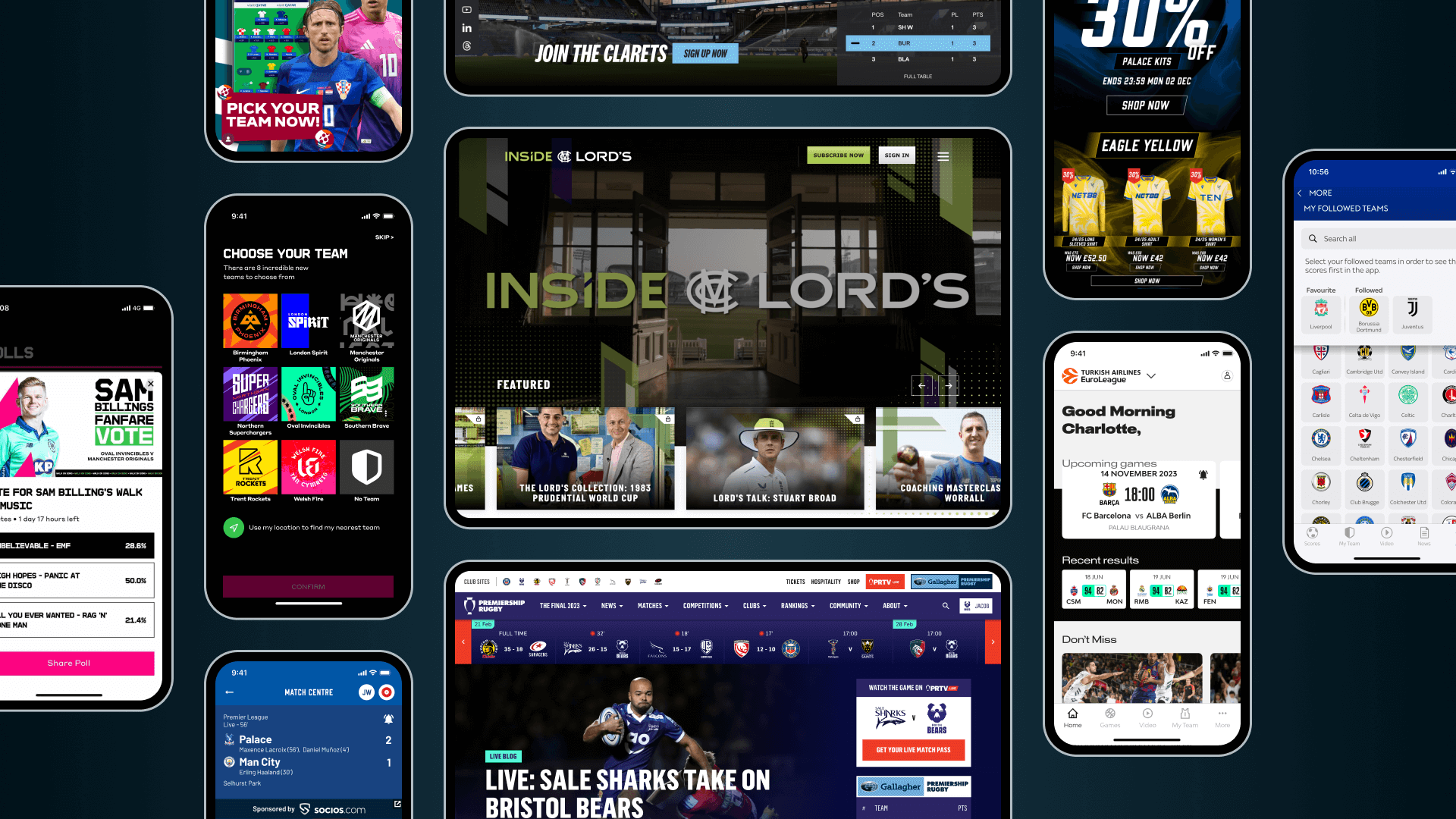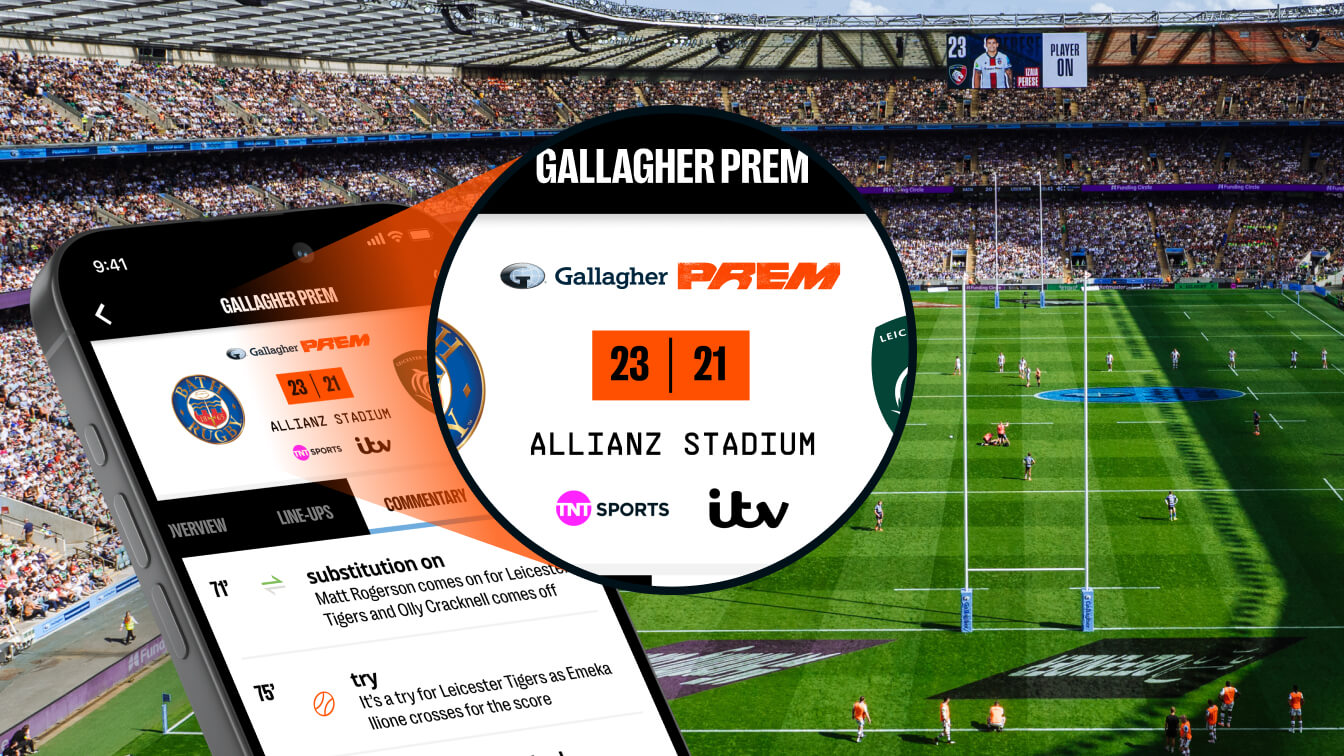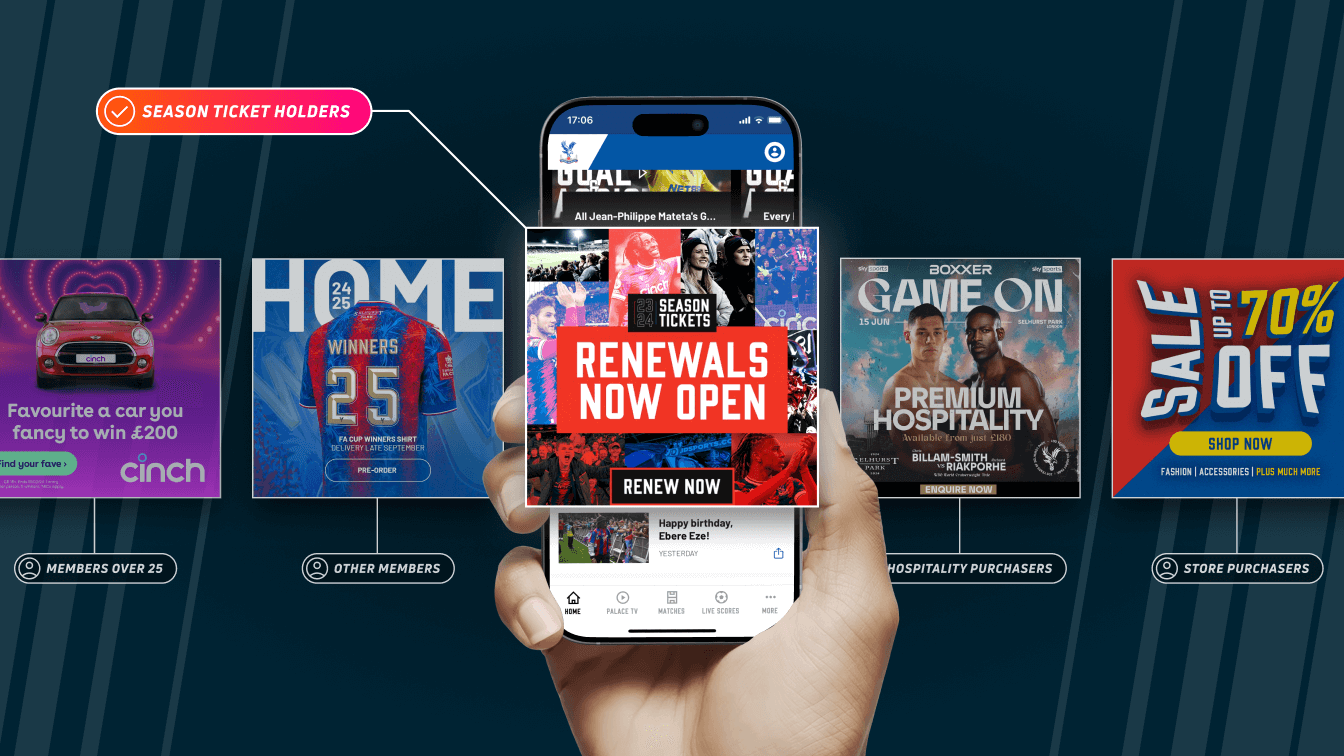
Quick Summary
We all talk about fan engagement but in todays sports landscape, and for more digitally savvy fans, what are we actually talking about?
This article breaks down what fan engagement really means and why it matters. Engagement is no longer about the match day experience of viewership; this is about how sports organisations should be utilising data and personalised content to drive up engagement and really connect with fans.
Struggling to turn sports fans into loyal, engaged supporters?
Many sports marketers face the challenge of cutting through the noise and creating meaningful connections that keep fans coming back. Simply broadcasting messages isn’t enough; fans expect personalised, immersive experiences that make them feel part of the action. Getting this right can unlock new revenue streams and elevate your brand in a crowded market.
In this InCrowd article, we’ll explain what fan engagement really means in sports marketing, why it matters, and how you can build strategies that deepen connections and drive results.
But first…
Why listen to us?
At InCrowd, we help sports teams and organisations turn passive followers into engaged fans. Through data, digital platforms, and smart content strategies, we’ve supported teams and rights holders like Crystal Palace FC, Premiership Rugby, and UEFA to improve fan connection and drive long-term growth. We know what works and how to make it work for you.
What is Fan Engagement in Sports?
Fan engagement in sports refers to the strategies that clubs, leagues, and rights holders use to build meaningful, ongoing relationships with their supporters. It goes beyond just matchday attendance or merchandise purchases.
Key Aspects of Fan Engagement Include:
- Creating consistent, interactive experiences that keep fans connected both online and offline
- Encouraging participation, sharing, and emotional investment in their favourite teams
- Using channels like social media, mobile apps, exclusive content, interactive campaigns, competitions, and personalised communication
- The ultimate goal is to turn casual followers into loyal supporters by delivering value, relevance, and connection at every touchpoint.
Why is fan engagement important in sports?
- Drives revenue: Loyal fans are more likely to buy tickets, merchandise, subscriptions, and premium content.
- Increases sponsor value: Sponsors want access to active, emotionally invested audiences, not just passive followers.
- Boosts digital growth: Higher engagement leads to more content shares, app usage, and time spent on digital platforms. InCrowd helps sports organisations harness data and technology to maximise this growth.
- Improves marketing performance: Campaigns perform better when fans feel personally connected and targeted.Stren
- gthens brand connection: Regular interaction deepens the emotional bond between the club and its supporters.
Key components of fan engagement
1. Content
Content is what brings fans in and keeps them coming back. From behind-the-scenes videos and matchday build-ups to player interviews and interactive polls, relevant content helps fans feel emotionally connected. The key is delivering the right message to the right person at the right time.
2. Data
Data powers smarter engagement. When you understand who your fans are, their preferences and behaviours, you can tailor content to each individual. This personalisation not only improves performance but also strengthens loyalty over time.
At InCrowd, we leverage data in sports marketing. We do this by setting up data capture systems across major touchpoints. For the Euroleague, we set up the EuroLeague ID Single Sign On, which captured traditional demographic data, transactional data, and most importantly, behavioural data.
3. Platforms
Platforms are where engagement happens. Your website, app, and social media channels are more than just touchpoints; they’re opportunities to create seamless, two-way interactions. A connected platform ecosystem ensures fans can engage easily, no matter where they are.
4. Inventory
Inventory refers to the digital assets linked to your engagement strategy. This includes everything from in-app features and sponsored content slots to competition entries and virtual collectibles. These assets create commercial opportunities that are directly tied to fan interactions.
When these components are aligned, they reinforce each other. At InCrowd, for example, we use fan data to personalise in-app content and then track engagement to refine future campaigns, creating a feedback loop that continuously improves both the fan experience and commercial outcomes.
Types of fan engagement in sports
1. Emotional engagement
Emotional engagement is all about connection and loyalty. It’s what makes a fan:
- Proud to wear the team colours
- Emotional when their side wins or loses
- Stay loyal even during tough seasons
This type of engagement is built through:
- Consistent storytelling
- Shared values
- A strong sense of identity
When fans feel emotionally connected, they don’t just watch; they belong. That connection drives long-term support and resilience, no matter the results on the pitch.
2. Behavioural engagement
Behavioural engagement is about the actions fans take, clear signs of how invested they are in the team. These actions can include:
- Buying tickets or merchandise
- Attending matches
- Joining loyalty schemes
- Sharing content on social media
Encouraging these small, regular behaviours helps:
- Build stronger habits
- Deepen involvement
- Keep fans actively engaged in the club’s journey
The more fans do, the more connected they feel, and the more value they bring.
3. Social engagement
Social engagement happens when fans connect with each other, not just the team. Community is one of the most powerful aspects of sports culture.
Fans often form strong bonds through:
- Shared support and traditions
- Online interactions and commentary
- In-person meet-ups and rituals
Creating opportunities for interaction, whether in person or online, helps strengthen this sense of belonging. Examples include:
- Fan forums and comment sections
- Matchday meet-ups
- Social media discussions and group chats
A thriving fan community creates loyalty that extends beyond results on the pitch.
4. Technological engagement
Technological engagement gives fans interactive, digital ways to connect with their team. This includes:
- Following matches through apps
- Joining fantasy leagues
- Using AR filters
- Voting in real-time polls
InCrowd supports this by integrating interactive features like polls, AR, and in-app gamification to help clubs bring fans closer to the action.
These tools make the fan experience more immersive and fun, especially for younger audiences who expect this level of innovation.
Build an engaged fanbase with InCrowd
The most successful clubs and organisations are those that build real, ongoing connections with their audiences, both on and off the pitch. This means moving beyond one-off campaigns and investing in the tools and strategies that keep fans actively involved.
At InCrowd, we help sports organisations do exactly that. From digital platforms and personalised content to loyalty programmes and data-driven campaigns, we work with sports organisations to design fan engagement strategies that deliver measurable results.
Ready to turn casual fans into loyal supporters and advocates? Get in touch today.



